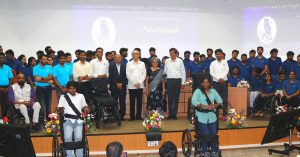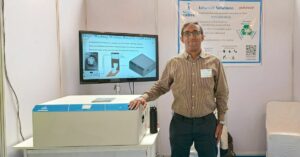E-Rickshaws to Alcohol Stoves: This Padma Awardee Left the US to Help India Innovate
Dr Anil K Rajvanshi, the man behind the e-rickshaws and biomass gasifiers, was awarded the Padma Shri this year for his work in the field of renewable energy research.
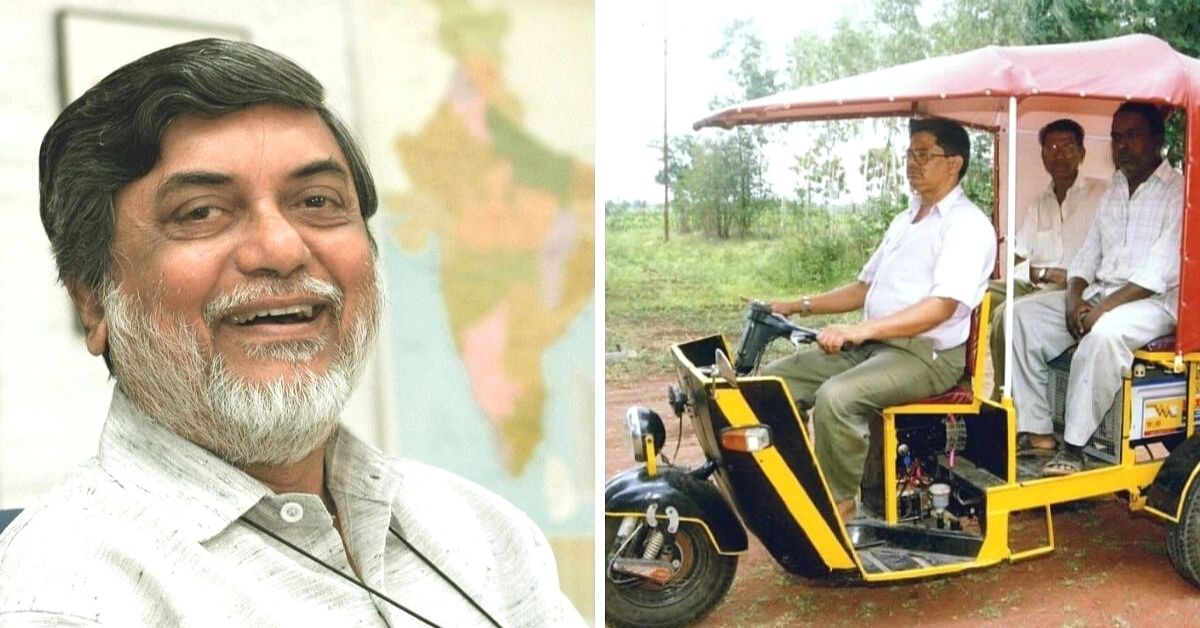
Dr Anil Kumar Rajvanshi, the man credited for having developed the electric rickshaw and other innovations, was awarded the Padma Shri earlier this year. A staunch Gandhian, Dr Anil decided to return to India in 1981 after having studied at the University of Florida in the USA.
Born and brought up in Lucknow, Dr Anil completed his school education in Lucknow and then pursued a Bachelors in Technology (BTech) and Masters in Technology (MTech) from the Indian Institute of Technology, Kanpur. Completing his PhD from the University of Florida, he also taught there for two and a half years.
Speaking to The Better India, Dr Anil says, “I returned to India in 1981 in a fit of madness and arrogance. I felt that I had learnt enough and wanted to come back and change India. In hindsight, if I did not have that streak of arrogance back then, I would have, like my other friends, stayed back in the US.”
‘I have always been a headstrong person.’

“I wanted to be an engineer – tinkering around things at home was something I enjoyed doing. I was also very fascinated by steam engines and that has remained a life-long passion. It was this interest that propelled me into entering at IIT,” he says. As a student, Dr Anil’s interest in teaching as a profession started to grow. He realised that to take up teaching he would have to get a PhD and that was how he ventured into the University in Florida for his doctorate.
Dr Anil was also the recipient of a government fellowship, which made the entire duration of his stay in the US financially viable. The airfare, fees and an additional sum were given to Dr Anil under the scheme. “The fellowship was eventually withdrawn because a majority of the recipients decided to stay back in the US and not return,” he adds.
When Dr Anil decided to return, his father was the first to say he was being ‘foolish’ in doing so. “My wife, Nandini, on the other hand, was my biggest supporter. We met at the University of Florida and we also got married there, he says, adding, “I was a rebel back then. I did not want to return to India to get married. So, in 1976, my wife and I got married in Gainesville, Florida. It was the first Indian marriage in Gainesville.”
Just before he made the big move back to India, Dr Anil says that he spent one month travelling the country to understand where he could settle down. Once he returned, offers from reputed institutes like IIT Mumbai, Bharat Heavy Electricals Limited (BHEL) and Tata Energy Research Institute came pouring in. “I did not want to be hampered by the bureaucracy and decided to go on my own path,” he says.
It was then that he decided to join an NGO called Nimbkar Agricultural Research Institute (NARI) in Phaltan, Satara district of Maharashtra. “I was too attached to the story of India. In 1942, my father was imprisoned along with Mahatma Gandhi and that somehow impacted my worldview. Even the book ‘My Experiments with Truth’ written by M K Gandhi had a very profound impact on me,” he says.
‘A Quest to Discover Myself’
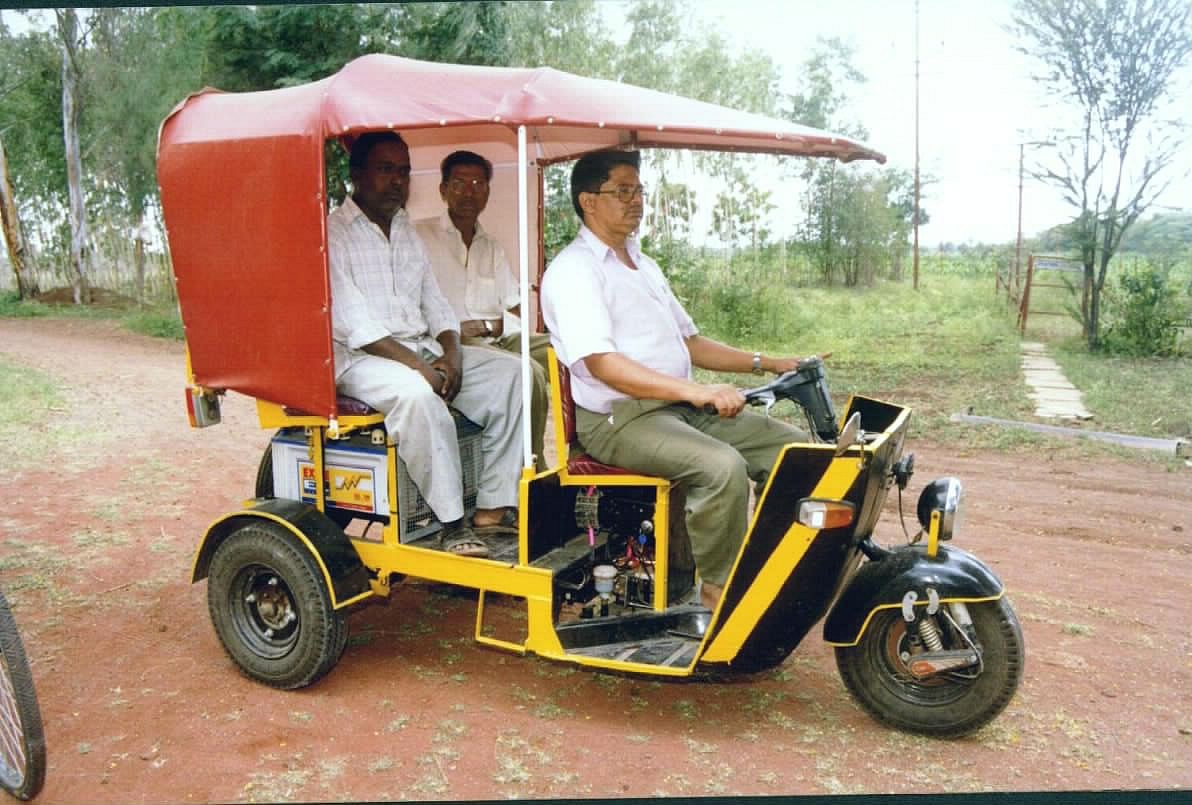
Dr Anil chose to make Phaltan his home and speaks about the initial years he spent working there. “Life was very difficult at that time. There was absolutely nothing available in Phaltan and one had to travel to Pune for every small thing. I remember travelling for four hours to Pune just to make a long-distance phone call,” he recalls. In the first six months he spent in Phaltan, he encountered several issues. It was difficult to adjust to the environment. But the passion to do something different was so strong that he kept going.
During his initial stay in India, there were several instances when his colleagues and friends from the US called him back. “If I were to go back, I felt I would be betraying the country. In all honesty, that was the first and last time I thought about going back to the US,” he says.
“It was my junoon (passion) that got me here,” he adds.
While there have been several milestones in building NARI, Dr Anil says that one of the earliest milestones was his work on using renewable fuel with the use of Sweet Sorghum (sweet jowar). “It is a multipurpose crop, which has multiple benefits. It can be used as food in the form of grain and fuel in the form of ethanol from its stem juice.”
Subsequently, in 1995, he started work on making an electric rickshaw. It was a first in India and around the world. “Today, whatever e-rickshaw you see around you or even ride on was born right here in Phaltan. There was no talk of e-rickshaws until 1995. Even then, it was only after I wrote a paper in a journal published by the Massachusetts Institute of Technology (MIT) that it truly took off.”
The prototype of the e-rickshaw came into being in 2000 and was called ELECSHA.
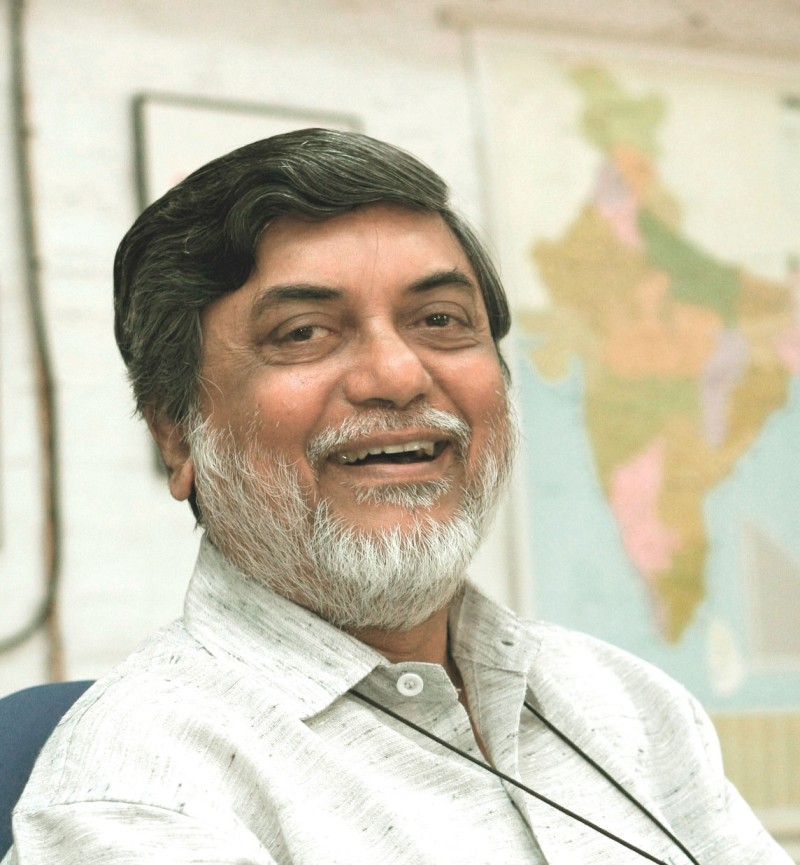
This innovation uses 40 per cent less energy when compared to petrol and diesel operated vehicles. It has a Permanent Magnet DC motor (PMDC motor), lead-acid batteries, two speed specially designed gearbox and an electronic card for a soft start. Besides, it also has reverse gear.
The e-rickshaw can easily take two to three passengers at a speed of 35-40 km/hr and can run up to 60-70 km per battery charge.
Eventually, many people from across the world started visiting the institute to learn more about e-rickshaws. Some copied the model, some tried to work on it and modify it. “We are a small institute and do not have the resources to legally fight such cases of idea theft. So, we let it go,” he says.
Dr Anil also has seven patents to his credit in the last four decades for alcohol stoves, biomass gasifiers and e-rickshaws.
On a parting note for today’s generation, Dr Anil says, “Find ways to be challenged. The problems in India are huge and each one needs to be solved. Let’s work together to improve the lives of Indians rather than finding ways to leave the country. Fill your life with junoon.”
(Edited by Yoshita Rao)
This story made me
-
97
-
121
-
89
-
167
Tell Us More
If you found our story insightful, informative, or even just enjoyable, we invite you to consider making a voluntary payment to support the work we do at The Better India. Your contribution helps us continue producing quality content that educates, inspires, and drives positive change.
Choose one of the payment options below for your contribution-
By paying for the stories you value, you directly contribute to sustaining our efforts focused on making a difference in the world. Together, let's ensure that impactful stories continue to be told and shared, enriching lives and communities alike.
Thank you for your support. Here are some frequently asked questions you might find helpful to know why you are contributing?







